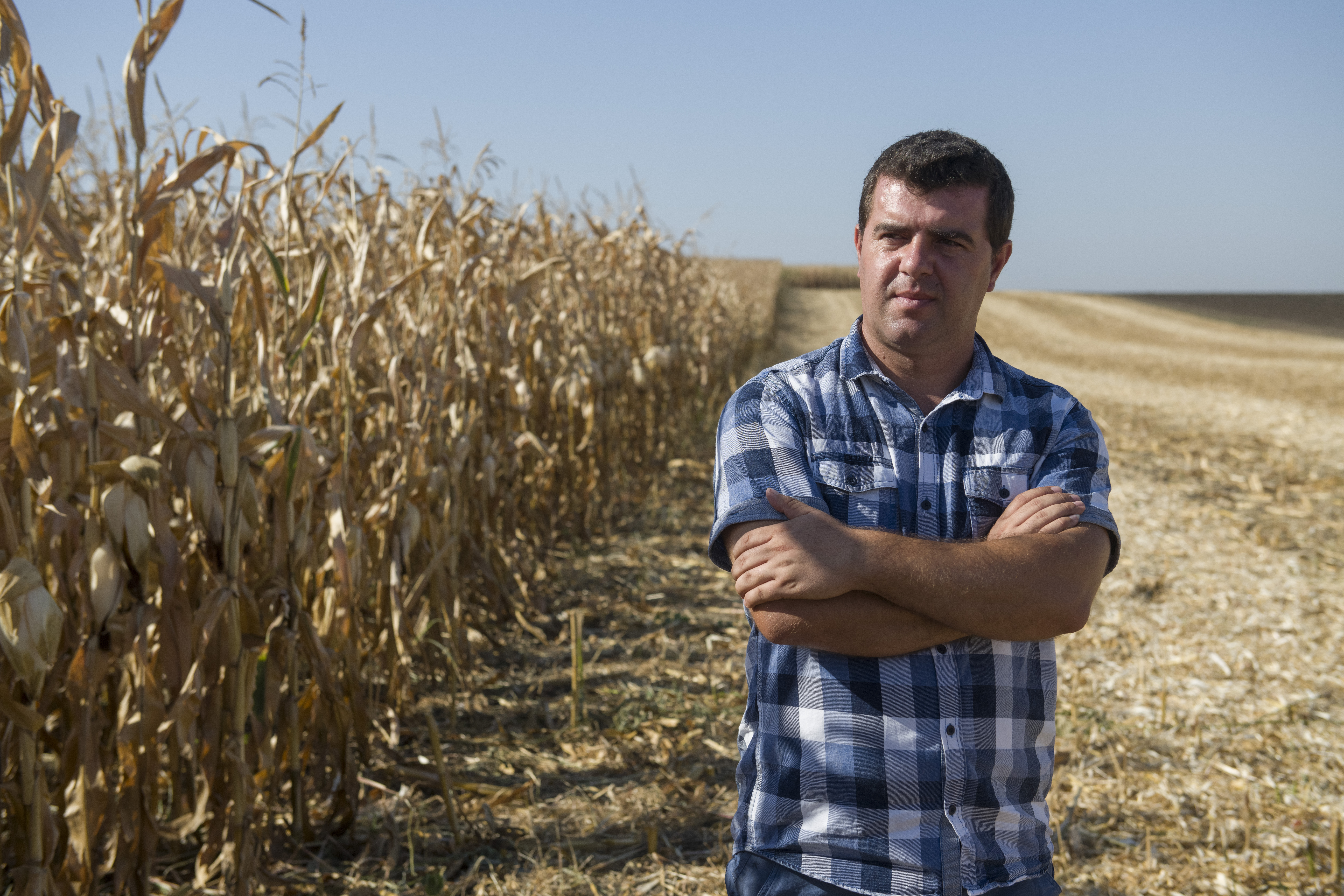“When drought becomes the norm, we need to explore new paths”
KWS conducts extensive research on the topic of drought stress
It has been quite a while since the increasing dryness ceased being an exceptional phenomenon. The World Meteorological Organization (WMO) has declared the years between 2015 and 2019 as the warmest-ever five-year period since the measurements began approximately 150 years ago – and this applies throughout the world. Crop failures resulting from the climate change are becoming one of the most urgent topics for farmers. That is why KWS is conducting extensive research on the topic of drought stress.
George works in the breeding station a few kilometers away from Marcu Razvan's fields and has been studying hybrids with a higher tolerance to drought for years. Especially in Southeastern Europe, KWS is breeding and conducting extensive tests on varieties that have adapted well to frequently occurring periods of drought and the challenges throughout the different growth phases. The breeding process also factors in traits that are relevant for drought tolerance, which contribute to overall variety stability. The work conducted by George Musat and his colleagues who are also experts on the topic of breeding is aimed at achieving an optimum balance between consistent yields and drought tolerance.
KWS has combined drought-tolerant grain corn varieties, stemming from a research and breeding program that bears the “ClimaControl3” label and focuses precisely on this topic. The number three in the name stands for the precise number of growth phases during which drought stress can cause entirely different consequences – either before, during or after blooming. The corn plant requires special properties in each one of these three phases to minimize the damage caused by drought.
Discover more
Your contact





